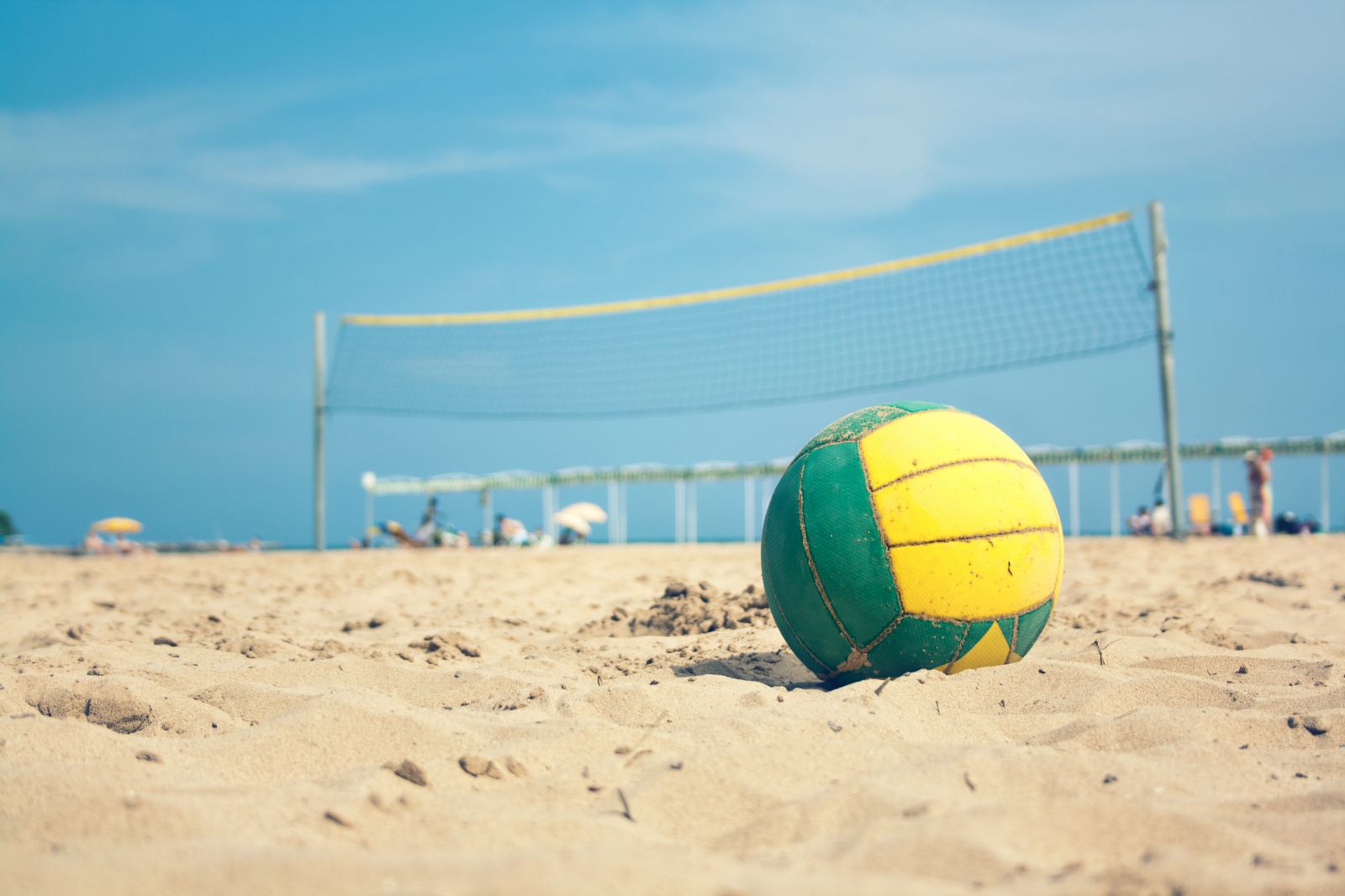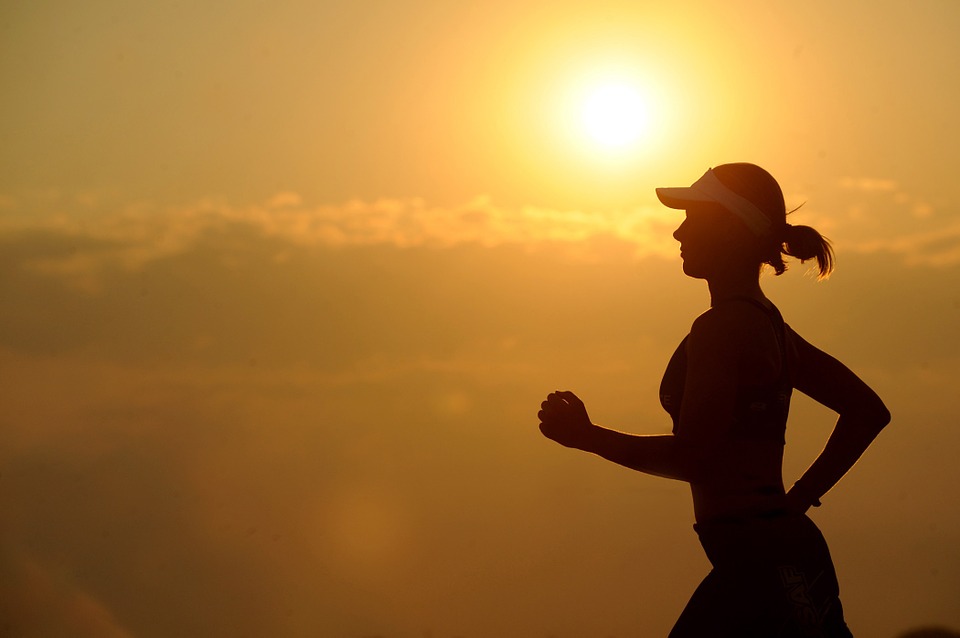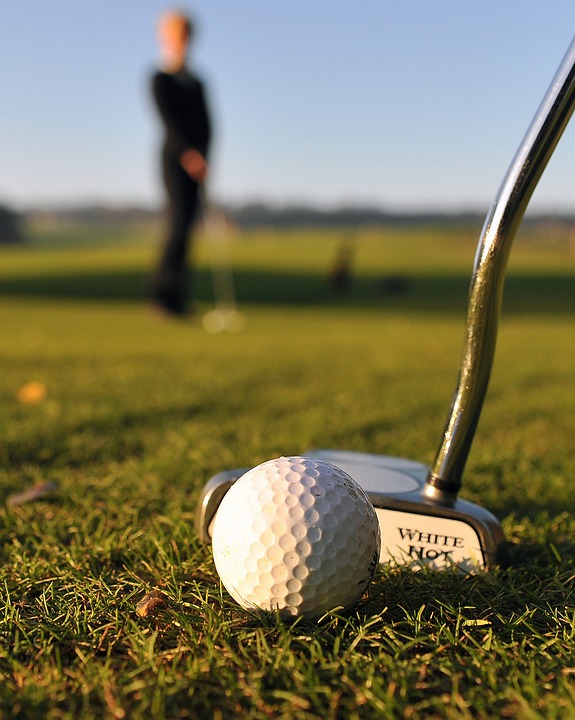Preparing for the Summer Games
Jul 6, 2016
How to Get the Most Out of Your Favorite Summer Sports
Olympians aren’t the only athletes in training this summer. The heat is here and with it, the return of some of America’s favorite outdoor activities. When the sun is shining and the days are longer and warmer, it’s human nature to want to get outdoors and participate in sports. Fitness experts offer some tips for those who take part in summer activities to help avoid injuries and stay active. Whether hitting the pavement, sand, water or greens, there are things individuals can do to improve their game and get the most out of the summer sports season, while avoiding injury and undo soreness.
Sand Volleyball
A former beach volleyball pro who is now the owner and personal trainer of the Fitness Together® (FT) in Belleair Bluffs, Fla., JD Christie, says the key to not getting hurt and playing well in volleyball is hydration and proper nutrition to handle the heat, and prepping with the right exercise. Sand volleyball requires flexibility, leg strength, and endurance. He recommends running and lunges for endurance, squats, kettlebells and jumping for leg strength, as well as planks, ball slams and sit-ups to strengthen the core.
 “Practice is also important,” says Christie. “Jumping and hitting the ball over and over will improve your coordination.”
“Practice is also important,” says Christie. “Jumping and hitting the ball over and over will improve your coordination.”
The greatest errors Christie sees are people who do a lot of weightlifting and players who go long stretches without eating and drinking. “Push-ups are better than a lot of bench pressing.”
Nutritionally, Christie recommends lean proteins, healthy fats like almonds, cashews and avocados, and carbohydrates from fruits and veggies. “You want to stay away from just eating fruits,” he warns. “A diet consisting of only fruits while playing is likely to make you cramp up.”
Finally, Christie says volleyball is a game of patience. Start with people who have the same ability, play on a larger team and work your way to playing with fewer team members as you get better.
Running
Brendan Stapleton is a certified Spartan, has competed in three Ironman competitions and has raced in 15 marathons. He has over 10 years of professional personal training and owns three FT studios in Massachusetts. Stapleton has this advice for newbies and runners looking to increase their distance.
"When starting to run, whether you're doing a ‘Couch to 5k’or going out for longer runs,  you need to make sure you are mixing in stretching after your run and warming up with mobility drills beforehand,” says Stapleton. “The best athletes don't just walk or jog slowly to warm up. They mix in lateral drills like karaokes and shuffles as well as hip circles, butt kicks, and walking hamstring reaches.
you need to make sure you are mixing in stretching after your run and warming up with mobility drills beforehand,” says Stapleton. “The best athletes don't just walk or jog slowly to warm up. They mix in lateral drills like karaokes and shuffles as well as hip circles, butt kicks, and walking hamstring reaches.
Stapleton adds that runners should warm up their bodies correctly in several different planes and motions to avoid injury and aches and pains while running. “Save the static stretching for after your run when you're cooling down. Make sure you get sweaty and move around a whole lot before you start your run."
Swimming
Seasoned swimmer and swimming coach, John Unverzagt of Fitness Together® in Maple Grove, Minn., says the most important thing about swimming is to have fun, but it also takes skill and efficiency in the water. Whether swimming competitively or just working out, Unverzagt stresses that swimmers should be smart about their training in and out of the water, and to include balance and core training in their workouts.
Learning to swim can come from YouTube, lessons, DVDs, or joining a swim team to work with a coach. Adult swimmers interested in long distance training need to learn how to expend the least amount of effort in the water.
Unverzagt believes in breaking swimming down into skill parts. And believe it or not, he says the first thing swimmers should master is rhythmic breathing.
“I’ve seen it many times,” says Unverzagt. “Swimmers trying to get across the pool as fast as they can and holding their breath nearly the entire length of the pool. Holding your breath that long is exhausting.”
Other skills to learn include body position and alignment for streamlining through the water, kicking, body rolls from side to side to be more efficient, increasing stroke lengths, flip turns and learning how to enter the water at the start of a race.
Having the proper swim gear is important too. Besides a good swim cap, goggles, and proper swimsuit, Unverzagt suggests fins, hand paddles, kick boards and pull buoys as training aids to help improve swimming skills.
Golf
“Golf is fun,” says Benjie Moser, an avid golf enthusiast and FT Area Director. “It’s an opportunity to be outside and spend time with good friends.” But “fun” doesn’t mean you don’t have to prepare for your time out on the green.
 Moser advises golfers to stay hydrated and stick to a consistent routine. Moser’s routine includes stretching, flexibility training, and core strength building. Yoga is a good idea, as well.
Moser advises golfers to stay hydrated and stick to a consistent routine. Moser’s routine includes stretching, flexibility training, and core strength building. Yoga is a good idea, as well.
“Flexibility is important,” said Moser. “You have to have the ability to move your body in a fluid motion and twist and turn without pain.”
Lower body and core strength leads to a stable base and is key to a golfer’s swing. As with swimming, controlled breathing is important for golfers as well. Controlled breathing helps golfers relax their grip and not rush things. Golfers use their mind and body on the course and Moser says it is the mental aspect that sets the great golfers apart from the good golfers.
When preparing for the season, Moser advises against hitting thousands of balls at the driving range. He says hitting a bunch of balls isn’t going to improve your game if there is a problem with your stance or swing. “Don’t work extra hard on bad habits. Taking some lessons is always a good idea for golfers looking to improve their game.”
If your golf game is lacking, there’s no need to worry. “Golf is the only sport that you can fail at so often and keep doing it,” said Moser. “The fresh air and camaraderie will keep you coming back.”
One Final Lesson
Whatever your sport of choice is, it is safer to incorporate an exercise routine into your week rather than hitting it hard as a weekend warrior. Train for your summer activities. It will inspire you to get fit, while making the most of your summer.

